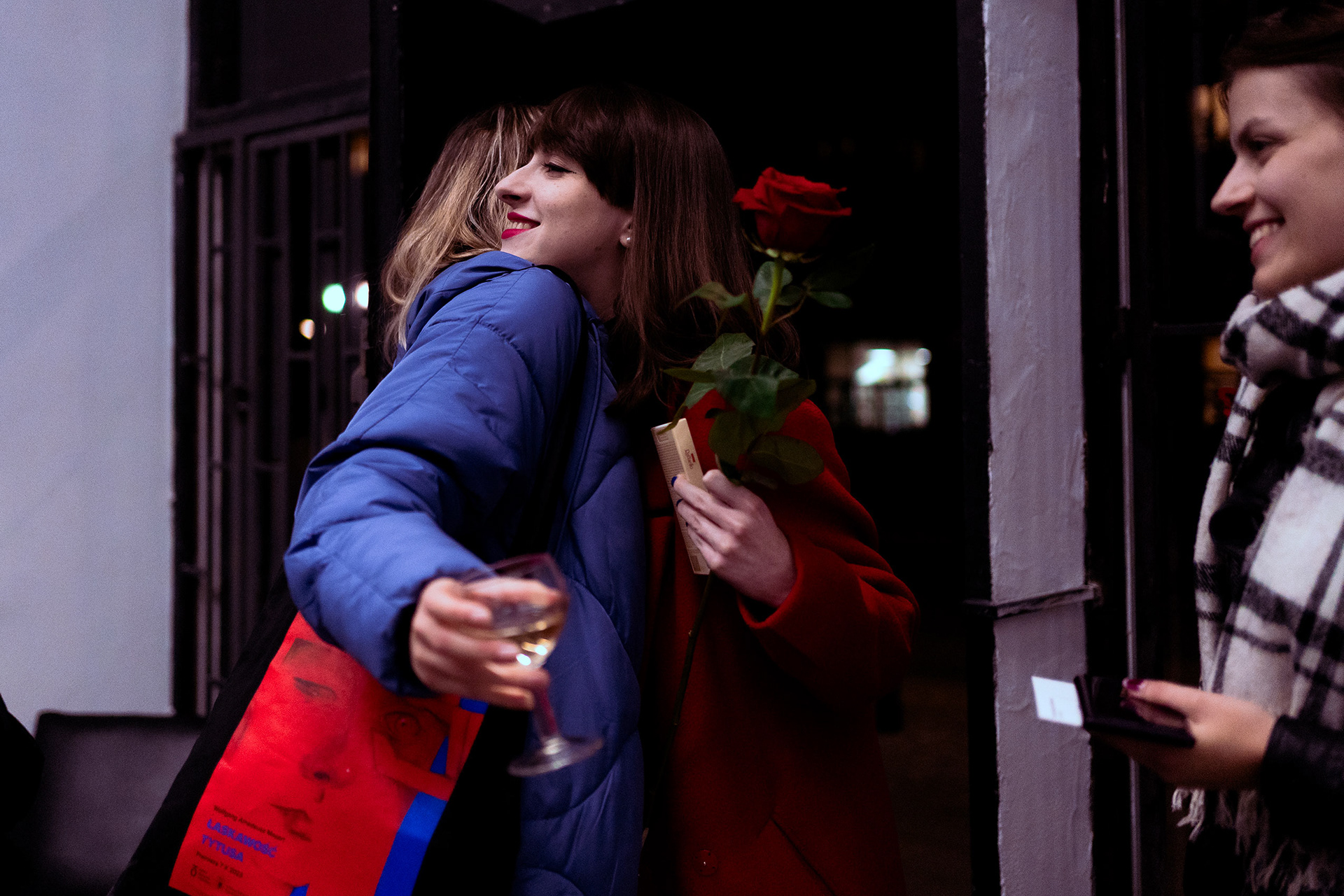Doesn't any burning issue affect your plans, your life or the planet?
curator Karina Dudzinska
exhibition design Agnieszka Gnass
19 X 2023, Warsaw
exhibition design Agnieszka Gnass
19 X 2023, Warsaw
Karina Dudzinska: Although man would like to think of ourselves as a rational being, guided by logic, in reality our lives are often determined by the power of drives and desires. The unconscious is the most interesting. However, not everyone has the courage to throw themselves into the vortex of the subconscious in order to discover their other self, or at least let it come to the fore. We are afraid of what might happen, but at the same time this is what we want. Only then can we be free. Jung identified sixteen personality types according to which human temperaments can be classified. However, these traits are complex, introversion being combined with extroversion, perfectionism with intuition, and observational ability with judgement. Joanna Ambroz perfectly manoeuvres between these different aspects, with a character created as if from her own painting, who moves between privacy and an official image.
The artist lost two loved ones in a short period of time. First her friend died, and then her mother. Suffering and trauma caused her to steer her professional path completely differently, focusing on painting as a catalyst for her mind. Subconsciously, after her mother's death, she created a series of blue paintings, which became the subject of her doctoral thesis. When she finished the mourning stage, she added the color red to her palette. This gesture, though intuitive, says a lot. Blue gives way to aggressive red. The artist's subconscious is coming to the fore, asserting itself.
The figure's gaze seems to evade us, although we don't stop looking for eye contact. The intriguing indifference of Joanna Ambroz's self-portraits makes us want to know her more. The boundary between the viewer and the voyeur, the voyeur and the viewed is blurred. After all, we don't know whether it is we who are caught up in the game of understatement, or perhaps the female images, which surrender involuntarily to suggestive yet innocent gestures. Whose hand is pulling at the ear? Is it an admonition to be polite when a pack of snakes swarms around? The tongue extends to lick the hand, but it is too far away. In another painting, she mechanically opens a tired eye. In response, the portrait of a stranger winks at us with a whitewash, only to cast a glimpse of the pupil itself from yet another mask. Moving between red and blue, Ambroz contrasts these sharply contrasting colors, further emphasizing their importance. He tones down conflict with reflection, tension with agreement, and extinguishes temper with calm.A










